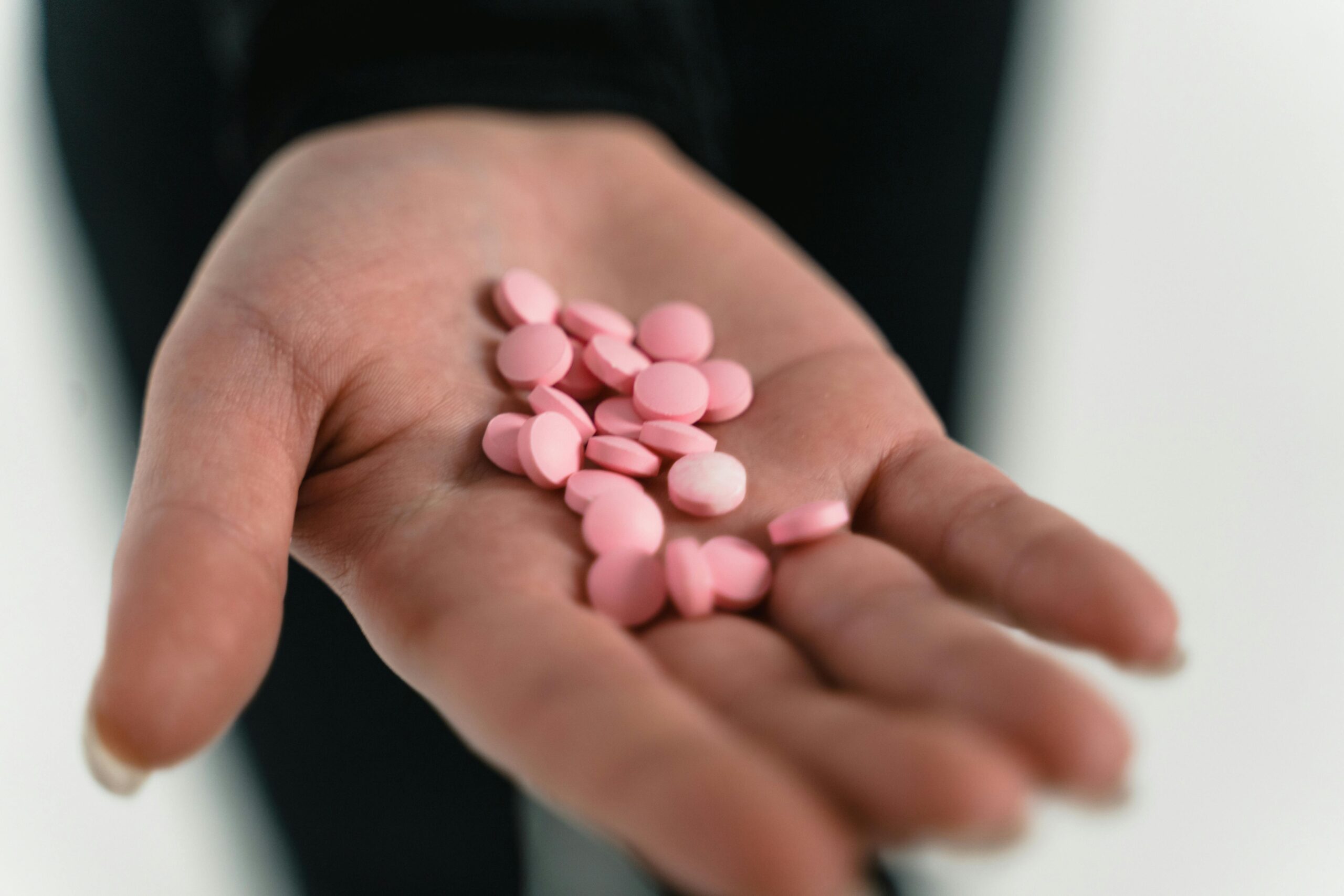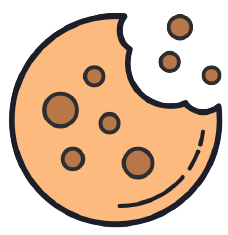Childhood curiosity is proving deadly as the menace of substance abuse reaches even primary school classrooms in Kerala.
The first time he tried it, he was too young to understand what it was. He had seen the older boys huddled together, passing something among themselves. It smelled different. He watched as they stashed a small vial in a corner near the school compound in Kerala’s Kochi. Their secrecy piqued his curiosity, compelling him to experiment.
He was barely five, still clad in his kindergarten uniform. Curiosity is a dangerous thing at that age. Years later, his fascination had calcified into full-blown addiction — a complete inversion of innocence. The specter of narcotics is seeping into playgrounds, schoolyards, and the innocent recesses of young minds in Kerala. Cartels have rewritten childhood.
At Samrudha: Care Center for Children in Kottayam, counselors bear witness to the ravages of extreme substance dependency. ” A study of more than 210 students who had undergone rehab here found that around 70% were introduced to substance abuse as early as Class 2. She remembers a boy who was just 12 when he arrived at the facility. He had started using hashish oil in kindergarten — not out of rebellion or desperation, but simple curiosity.
“He saw older kids using it and wanted to try . He liked the way it made him feel. That was all it took.” The scent is the first betrayal. A man in Kottayam noticed it when his 16-year old son son returned home. A strange, acrid smell clung to his clothes. His son would chew mango leaves obsessively, an old trick to smother a scent that could not be hidden.
There was something different about him — something furtive in his eyes, a sharpness in his words that cut deeper than any scolding could. Then came the aggression. One evening, in a fit of rage, he threw a pair of scissors at his younger brother. It missed him and pierced the television screen instead.
Panic set in. A urine test confirmed what the family had feared. The child was using drugs. These stories are not anomalies but testament to a generation lost in artificial highs and harrowing withdrawals. Yet he spiraled into methamphetamine addiction. His father watched helplessly as his son slipped further into the abyss, relapsing again and again.
Kerala’s growing drug crisis mirrors just such a devastation. Once a problem confined to college students and young adults, it has now reached primary classrooms.
For many parents, the realization comes too late. They see their child change before their eyes – erratic mood swings, violent outbursts, secretive habits. Then comes the raw, painful reality of addiction and desperate attempts to pull a child back.
Addiction is not just a thief of bodies — it is a thief of identity. Synthetic drugs such as MDMA have overtaken cannabis in the past year. “It doesn’t just alter perception, it erases selfhood. The younger they start, the harder it is to reverse the damage.”
Among the slightly older demographic, 116 youths aged 18-22 years required inpatient intervention, while 80 received outpatient support. “In total, we had 530 patients last year, each grappling with substance addiction. Many had dabbled in synthetic drugs during their school years. Many eventually abandoned their education entirely.”
“They say they travel to places like Athirappilly in the morning, smoke weed together, and return home by afternoon — still within school hours.” Athirappilly is a woodsy, touristy village in Thrissur district, renowned for its 80ft waterfalls.
Not at all get hooked willingly. Some are pushed. The genius of the peddlers lies in their patience. The first taste is free. Then the real price is named: sell, recruit, expand. School girls are drawn into the vortex — both victim and vehicle. “They become traffickers before they are even adults. It’s a vicious cycle.”
For those who don’t get help, the consequences can be severe. The human brain is still developing until the early twenties, particularly the frontal cortex, which controls decision-making and impulse regulation.
Early drug use can permanently alter brain development. “If a child has a genetic vulnerability, even quitting after 18 may not be enough. They could become lifelong addicts or develop psychiatric disorders.”
Authorities are cracking down on the supply chain, but there’s another challenge for them to deal with — withdrawal. As access to drugs tightens, the number of young addicts facing withdrawal symptoms is expected to rise.
The initiative has catalyzed the creation of a support network — student police cadets, school protection groups, parents and teachers — to identify children at risk before they spiral out of control. Counselors from domestic conflict resolution centers and police helpdesks are stepping in to provide de-addiction support.
But for many parents, the hardest part is understanding when their child is slipping away. The symptoms — mood swings, plummeting academic performance, deteriorating hygiene — are written off as the follies of adolescence. Until they are not. Not all parents though muster the courage to seek intervention.
“Every month, we receive at least 10 desperate calls from mothers. Yet, many hesitate paralyzed by fear or denial.”
Where did my son go? In Kerala too, many parents are asking the same question. The cartel took them. In their place, it left a ghost.
CONSUMPTION IS UP, SO IS PEDDLING:
While there is an alarming rise in youngsters using drugs, many more are also taking up drug peddling. Here’s what pushing them into this dangerous trade:
EASY MONEY: High demand and prices in Kerala
(MDMA – Rs 25,000/g – marijuana/ Rs 25,000/ kg)
CARTEL’S LURE: Lure of free drugs initially leading gradually to dependency; once addicted, supply is cut off, forcing many to become sellers.
DEBT TRAP: Financial struggles lead to loan apps and borrowing at exorbitant rates. Struggling to repay these, students turn to drug peddling.
BUSINESS REVELRY: Trips to procure drugs lead to celebratory events at luxury hotels and high-end pubs.
DIVISION OF WORK:
YOUNG SELLERS: Lure kids to use drugs and peddle on campuses.
MEDITATORS: Communicate with drug dealers, especially in north and eastern India.
PARTY PUSHERS: English-speaking users become peddlers at high-profile parties.





